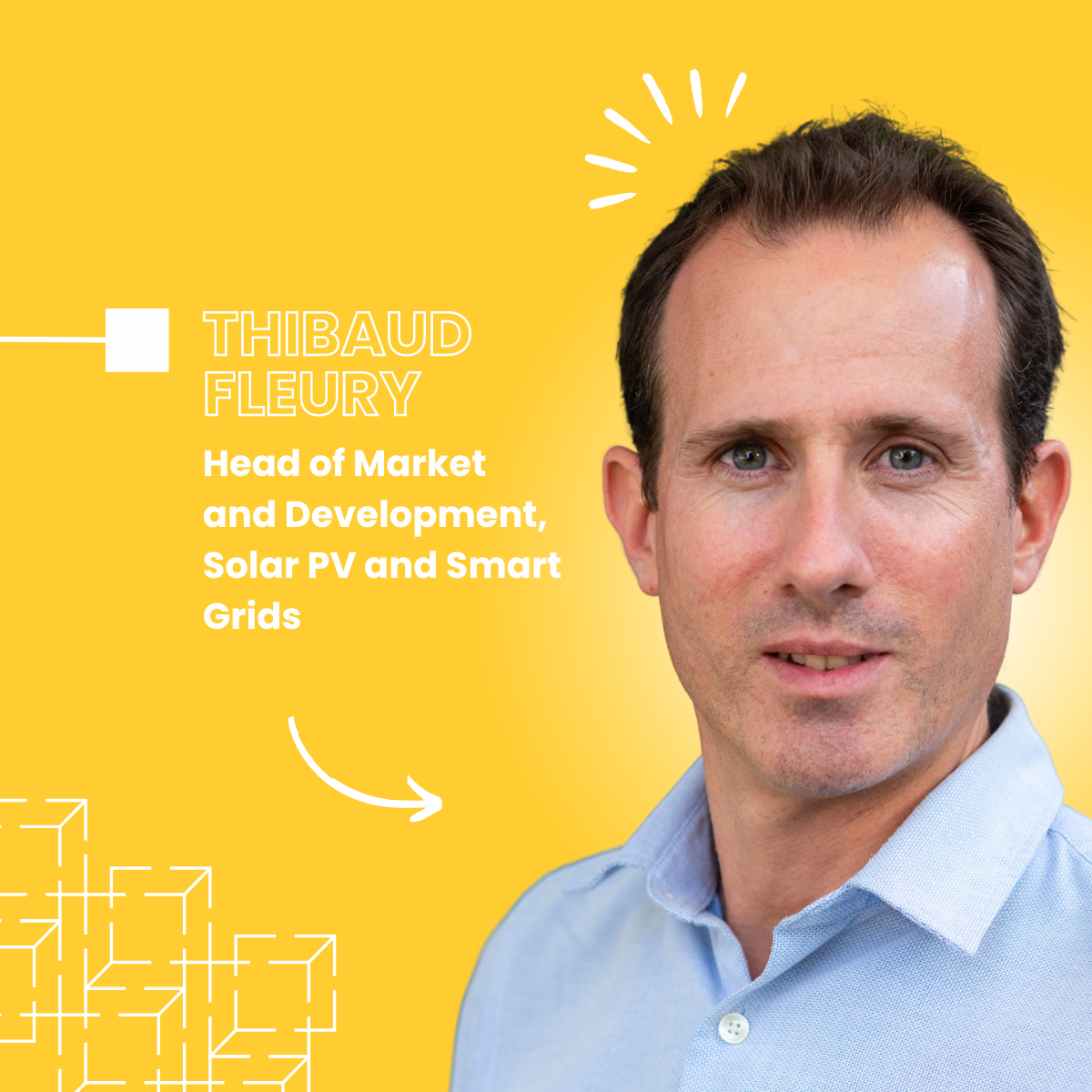The
World Energy Outlook is an internationally recognized source of analysis and projections. Every year since 1998, its objective data and impartial analysis have provided a critical overview of global energy supply and demand under different scenarios, and the implications for energy security, climate change targets and economic development.

From this 2023 report, we note that :
« The transition to clean energy is happening worldwide and it is unstoppable. The question is not if, but of when it will happen »
-
Major shifts are underway: they should considerably reshape the global energy system by the end of this decade.
-
Despite this dynamic, demand for fossil energies is still too high to comply with the Paris agreements and limit the rise in temperatures to 1.5°C. But the paths to achieving this have been identified and the solutions exist! What's more, it is likely that the three fossil energy sources - coal, oil and gas - will reach their production peak by 2030, which shows that the long-awaited turning point is already underway.
-
The electrification of energy is one of the pillars of the energy transition.
In this regard, photovoltaics alone cannot put the world on the road to achieving its climate objectives,
as it is a combination of technologies that will enable us to do so. However, more than any other clean technology,
photovoltaics will play a major role as a renewable, low-carbon source of electricity in the global energy mix. In terms of renewable electricity generation, wind power will also play an important and complementary role.
Finally, the report stresses the decisive development of electric vehicles, heat pumps and energy efficiency solutions, as well as synthetic fuels, as key clean technologies for achieving the decarbonisation objectives.
Several scenarios, renewable energies in common
-
The IEA proposes three scenarios, the least challenging from an environmental point of view being the STEP reference scenario, whose trajectory would take us to a rise of 2.4°C by 2100 compared with levels before the industrialization of our economy.
Their most ambitious scenario is the NZE (for Net Zero Emission), which is the only one that is capable of limiting the rise in temperature to 1.5°C, with energy becoming carbon neutral by 2050.
-
Even in the STEP scenario, renewable energies should continue to account for at least 80% of the new electricity production capacity installed each year until 2030.
Solar photovoltaics alone would account for more than 50% of this new capacity, driven by a short-term increase in production capacity worldwide and the growing competitiveness of this source of electricity.
-
The IEA forecasts
industrial photovoltaic production capacity of 1,262GW worldwide by 2030, of which more than 80% will be in China, for a market in 2030 estimated at between 500GW (STEP) and 820GW (NZE). This would lead to a significant production overcapacity, or in other words a utilization rate for these production facilities of between 40% and 70%.
This leaves an even greater opportunity for growth in the solar photovoltaic market if such capacities were more utilized.
-
The high concentration of production capacity in Asia means that there will be a significant need for imports in the short and medium term, notably for the European market. The new capacity projects are designed to reduce this dependence on importation, and represent a major challenge in terms of sovereignty. For Europe alone, the IEA predicts that 70% of new PV capacity installed in 2030 will come from imports.
-
In all scenarios, the photovoltaic market continues to grow massively and will require major resources for integration and control at electric grid level (Energy Management Systems, storage, Demand Side Management), especially in emerging economies that have less robust grids.
These are all technologies that the CEA-Liten is working on. Our mission is to improving their maturity and competitiveness, and facilitating their industrial transfer.